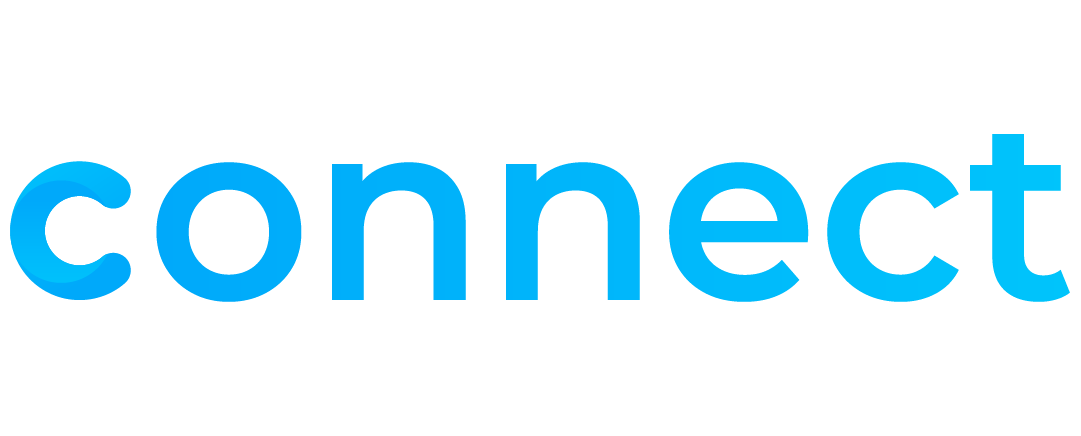Your first physiotherapy session marks the beginning of a personalized journey toward improved mobility, strength, and pain relief. This visit is foundational; it sets the tone for your treatment plan and establishes the goals your physiotherapist will help you achieve. At a reputable physiotherapy clinic in Islamabad, the initial consultation is conducted with meticulous attention to clinical detail, ensuring each patient receives a customized approach to recovery and rehabilitation.
Initial Evaluation and Comprehensive Medical History Review
Upon arrival, you will undergo a structured intake process that involves completing a health questionnaire and discussing your medical history with a licensed physiotherapist. This phase is critical to identifying pre-existing conditions, previous injuries, surgical interventions, lifestyle factors, and current symptoms. The therapist will ask about the onset, duration, and intensity of your pain or limitations, as well as any triggers or relieving factors.
A thorough understanding of your daily activities whether you're an athlete, office worker, or someone recovering from surgery helps the physiotherapist tailor your treatment program to your unique needs. You may also be asked about medication use, diagnostic imaging reports, and physical goals to assess your overall condition more accurately.
Physical Assessment and Functional Testing
Following the interview, your physiotherapist will perform a hands-on physical examination to evaluate posture, joint mobility, muscle strength, balance, gait, flexibility, and coordination. Depending on your condition, specific orthopedic or neurological tests may be included to pinpoint the exact source of dysfunction or pain.
This assessment not only helps identify mechanical faults but also determines your current functional capacity. For example, if you’re experiencing lower back pain, the therapist will assess lumbar mobility, core activation, and muscle imbalances that might be contributing to the issue.
For patients unable to travel to the clinic, the same comprehensive assessment is offered through physiotherapy home service Islamabad, allowing a full evaluation in the comfort of your home environment.
Diagnosis and Personalized Treatment Plan
After gathering all necessary data, the physiotherapist will explain the findings, outline the underlying causes of your condition, and establish a clinical diagnosis. They will then develop a treatment plan designed around short-term and long-term goals. The plan may include therapeutic exercises, manual therapy, posture correction, pain relief modalities, or balance training.
Expect your therapist to discuss the frequency of sessions, estimated duration of treatment, and expected outcomes. You’ll also be educated on the role you play in your own recovery, including any home-based exercises, ergonomic changes, or lifestyle modifications required to support healing.
First Therapy Session and Modalities
In many cases, your first visit will include an introductory treatment. Depending on your diagnosis, this could involve hands-on manual therapy to release tight tissues, joint mobilization, soft tissue massage, or stretching. Pain-relieving modalities like ultrasound, TENS, heat/cold therapy, or dry needling may also be introduced for immediate symptom control.
Therapists may begin you on light therapeutic exercises tailored to your condition. These are designed to improve joint stability, muscular endurance, and circulation while avoiding aggravation. You’ll receive clear instructions on how to safely perform these exercises at home between sessions.
Patient Education and Long-Term Strategy
A critical part of your first visit is education. Your physiotherapist will provide guidance on how to prevent symptom recurrence, improve biomechanics, and maintain long-term physical health. This might include advice on correct sitting posture, lifting techniques, activity pacing, and footwear selection.
You’ll also learn how consistent engagement in the treatment process including adherence to exercise and follow-up appointments can accelerate your recovery timeline. The therapist may use visual aids, anatomical models, or exercise demonstrations to make the learning process clear and engaging.
Building a Strong Patient-Therapist Partnership
Successful physiotherapy depends on collaboration between the therapist and patient. Trust, open communication, and active participation are the pillars of effective treatment. During your initial visit, you’ll have the opportunity to ask questions, voice concerns, and share your expectations, setting the foundation for a strong therapeutic alliance.
This collaborative approach ensures that you remain engaged, motivated, and empowered throughout your rehabilitation journey. Whether in a modern clinic setting or through home-based services, the goal remains the same: to restore your health, function, and independence with precision and care.
Final Thoughts
Your first physiotherapy session is not merely a consultation it is a strategic entry point into a scientifically guided recovery process. By combining diagnostic precision, patient-specific treatment, and proactive education, physiotherapists create a roadmap that leads to long-term physical well-being. From chronic pain to post-operative rehabilitation, the first visit lays the groundwork for measurable progress and sustained results.



